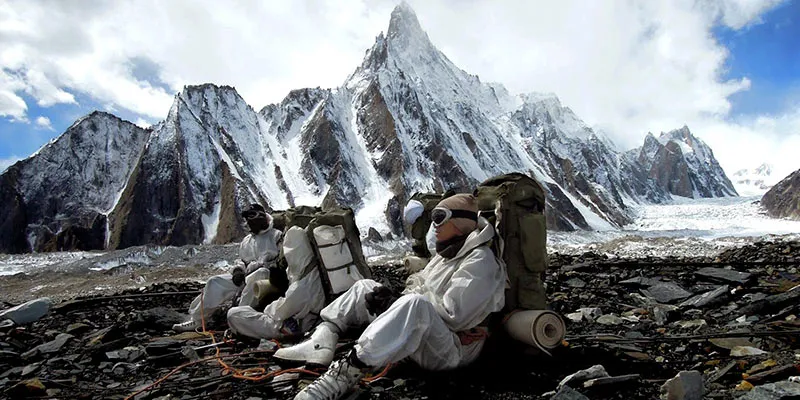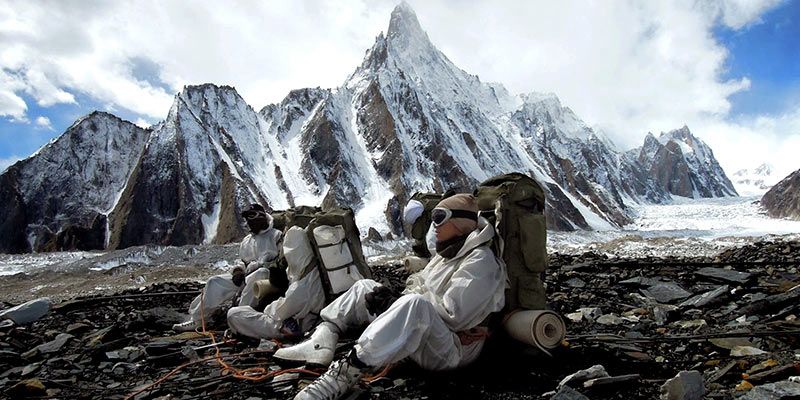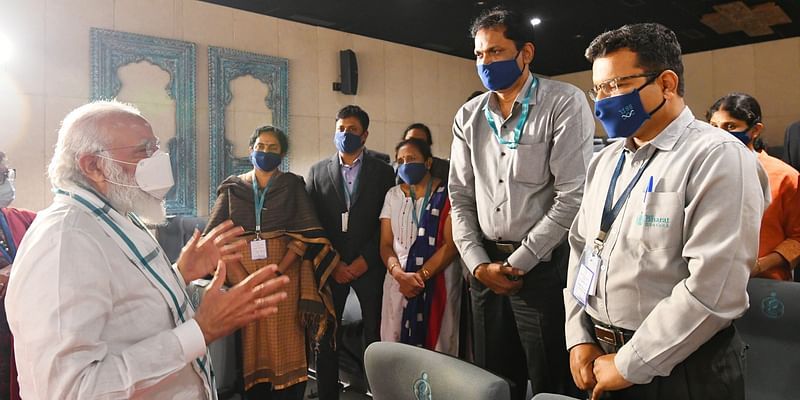When 21 Sikhs fought against 10000 Afghans and other facts about the Indian Army
When the rest of the country celebrates festivals like Makar Sankranthi, Baisakhi and Pongal, today is an important day for the armed forces of our country for another reason. It is Army Day in India, the dayField Marshal K M Carriappa took over as the first Commander in Chief of Indian Army 65 years ago.
Here’s a little story about how Cariappa took over the army.
A meeting was organized to select the first Commander in Chief of The Indian Army.The then-Prime Minister Jawahar Lal Nehru said, "I think we should appoint a British officer as a general of Indian army as we don't have enough experience to lead the same."
Everyone agreed with the suggestion when one of officers abruptly said, "I have a point, sir."
Nehru said, “Yes, gentleman. You are free to speak.”
“You see, sir, we don’t have enough experience to lead a nation, too.So shouldn’t we appoint a British person as first PM of India?”
The meeting hall suddenly went quiet.
Then, Nehru said, “Are you ready to be the first General of Indian Army?” He got a golden chance to accept the offer, but he refused the same and said, “Sir, we have a very talented army officer, my senior, Lt Gen Cariappa, who is the most deserving among us.”
The army officer who raised his voice against the PM was Lt. General Nathu Singh Rathore, A Lt General in the Indian Army. This anecdote is often told in variations as an example of courage and leadership.

We at YourStory bring you some lesser known facts about the Indian Army that will make you feel proud of the fellow citizens who spend years away from their loved ones to make sure we sleep comfortably without any fear.
1. Param Vir Chakra, the highest wartime gallantry award has been awarded only 21 times till date, and 2/3rds of these were awarded posthumously.
2. Siachen Glacier is the highest battlefield in the world. More soldiers die here from cold than enemy attacks. The temperature drops to -50 degree celsius, at times. Siachen is jokingly referred to as a punishment posting, as over 850 people have lost their lives here due to bad weather. The official duration of the posting is three months and anything more than that can damage a soldier's life beyond repair(Dementia, ED, frostbites are common). However, people often end up spending around six months to an year, since no one wants to be posted there and those who are already there cannot be relieved until reinforcements arrive. Even the helicopters have to be pushed beyond their limits to reach the area in order to send supplies.
3. The High Altitude Warfare School in Gulmarg is the world's best training institute when it comes to mountain warfare. The best forces from around the world come here to train, including the Delta Force and Marines.
4. There is absolutely no reservation or preference, be it in matters of caste, creed, religion or race in the Indian army. The Services Selection Board for the selection of candidates as Commissioned Officers is apparently the toughest in the world as compared to selection in defense forces of any other country. Though the Indian Army faces a shortage of around 12,000 officers, there is no compromise on quality standards when selecting candidates.
5. In terms of numbers, the Indian Army is third largest army in the world. It also has the credit of being the largest volunteer force. It has been the largest contributor to the United Nations Peace Keeping Force (UNPKF), and has taken part in huge number of missions abroad. Under the British occupation, the Indian Army had the largest number of soldiers fighting in the Second World War, numbering over2.5 million.
6. Apart from the WWII, the Indian Army has the credit of accepting the largest military surrender in history in 1971. Over 93,000 Pakistani soldiers surrendered to India, leading to the independence of Bangladesh. It is very rare in history that an attacking party had to surrender in war.
7. The Indian army has never initiated a first attack or engaged in a military coup with the intention of gaining power or governing a nation.
8. Another brilliant example of bravery by the Indian army was during the Battle of Saragarhi on 12th September 1897. In this battle, 21 Sikhs fought against 10,000 Afghans. All 21 Sikhs died in this battle, and there were 400-600 casualties on the Afghan side. This battle is often cited as one of the greatest last stands in history, often compared to the Battle of Thermopylae, where King Leonidas fought Persian army of Xerxes in 480 BC with an army of 300 Spartan soldiers.
9. Talking about the regimental structure, each defense establishment has a place of worship for different religions based on the religious distribution of the army. When there isn’t enough place for all religions, a sarv dharm sthal is created, which serves as a place of worship for all religions. A highly educated Religious Teacher of the rank of a Junior Commissioned Officer(JCO/Warrant Officer) acts counselor to soldiers and officers to help them during moral and psychological crisis.
10. The Ministry of Defense operates five Rashtriya Military Schools and a Rashtriya Indian Military College as feeder institutions to defense forces, where students undergo a similar curriculum designed according to their age group as they would in services. The students here are generally called cadets and have an option to join Indian Defense service at the end of their schooling.









![[Funding alert] Blue Tokai Coffee Roasters raises Rs 17 Cr led by Anicut Angel Fund](https://images.yourstory.com/cs/2/b87effd06a6611e9ad333f8a4777438f/Image39y3-1628672264157.jpg)

